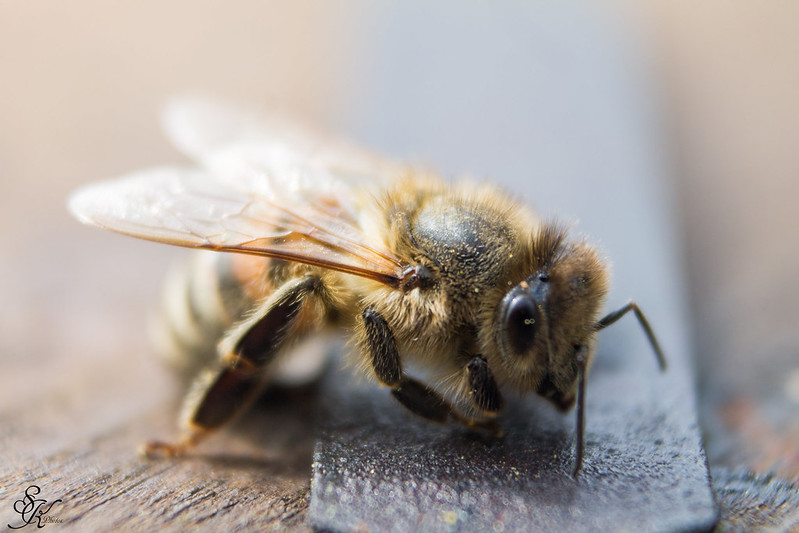Is My Bee Sting Infected?
August 08, 2020
Tips for how to treat a bee sting.
If you are around bees for any prolonged period of time, chances are, you are going to get stung at some point. This could happen even if you take every precaution possible and are always calm, even when surrounded by bees. As can happen with other wounds, there is a chance your bee sting could become infected, which is what we want to try to prevent from happening.
How to Treat a Bee Sting
First and foremost, do NOT use tweezers to try to remove the stinger. Instead, use your fingernail or a piece of gauze to remove it. Tweezers can push the stinger further into the skin, pushing more venom into the wound.
Once the stinger has been removed, you should gently wash the affected area with soap and water. Once you have done that, apply something cold to the area to try to lessen the swelling and dull the pain. A cold compress or ice would work well here. If the pain is still too much to bear, you can take an over-the-counter pain medicine, such as ibuprofen, to treat the pain.
As the pain level begins to subside, you will generally start to get very itchy in the area of the sting. It’s easier said than done but resist the urge to scratch the wound. Instead, try using hydrocortisone cream to soothe the wound. You can also use an oral antihistamine. If you start scratching the wound, it could very easily lead to an infection. Dr. Lakiea Wright, a board-certified allergist, stated that scratching the wound can lead to a “breakdown of the skin. That makes it easier for bacteria to permeate, which can lead to infection.”
Is My Bee Sting Infected?
Generally speaking, red, irritated skin is a sign of infection, but that is not necessarily the case with a bee sting. These symptoms are typical of the early stages of a bee sting wound, so you should not be overly worried until a couple of days have passed and the irritation and redness has not gone away. When these symptoms start to get worse, then it may be a sign the wound is infected. Dr. Wright stated, “You can get redness and swelling. It can also feel warm or tender to touch, and if your infection is advancing, you could even get pus in the area.”
While it may be tempting to treat the infection on your own, if you suspect the wound is infected, you should see your doctor right away. Dr. Wright stated, “I wouldn’t recommend self-treating. It’s really important to contact your doctor and talk about [your] symptoms.”
Source: Prevention.com, Photo Courtesy of SKranzPhotos via Creative Commons License


.jpg)




